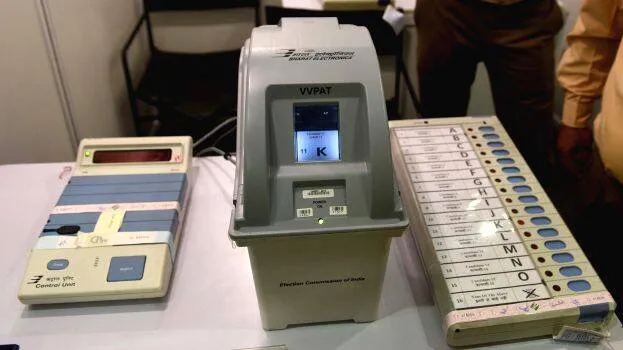

Reforms that curbed fake votes, booth capturing, non-submission of election expenses on time etc. to a large extent were implemented in the nineties when TN Seshan was the Election Commissioner. There were reports supported by a lot of evidence that it was gangsters who were controlling even the polling booths in some interior areas in Bihar and UP before that. Seshan implemented the photo-imprinted voter identity card even before the advent of the Aadhaar card. Even with the photo card, fake votes are still being conducted in many places and those who try to do fake votes are getting caught. The manipulations that took place before the voter identity card with a photo are almost predictable.
Photo voter ID was implemented after overcoming many objections from the bureaucratic level. The most revolutionary change that followed in the field of elections was the advent of electronic voting machines. Voting machines have proven to be the easiest and fastest way to cast a vote. More important than that was the time saved in counting the votes and declaring the results. The enormous cost and effort required for paper ballots was also reduced. It was first used as an experiment in the North Paravur assembly constituency election in Kerala. It was decades later towards the end of the nineties that EVMs were introduced in elections in a phased manner.
Voting machines were devised and implemented when the Congress was in power, but later the prominent leaders of the Congress itself started blaming the voting machines in cases where they did not achieve the success they expected. The main false complaint levelled against the voting machine was that the voting machine has a system which redirects the vote to a particular party no matter which button is pressed. When even responsible senior leaders made such accusations, at least a few people were ready to believe it. The doubts of the people and the opposition parties came before the Supreme Court in the form of petitions. Subsequently, in 2011, the Supreme Court issued a directive to introduce a paper slip in the electronic voting machine. Thus came into existence the system of VVPAT which parallelly recorded the vote on paper. Last day, the Supreme Court rejected the plea to collate all the slips in the VVPATs along with counting the votes in the electronic voting machine.
At the same time, the Supreme Court has put forward some important suggestions to make the election system clear. There are two main suggestions. One suggestion is to seal the symbol loading unit after completing the process of loading the symbol into the voting machine. Another is that candidates should be given an opportunity to check the micro control unit in five percent ballot units and VVPAT units with the help of EVM engineers after the declaration of results. Second and third-place candidates can file a complaint within seven days of the declaration of results. The cost of the check shall be borne by the candidate. The decision of the Supreme Court has come into effect to further ensure the transparency of the electronic voting machine. It can be hoped that responsible public servants will be careful not to spread unnecessary false propaganda about the voting machine from now on.